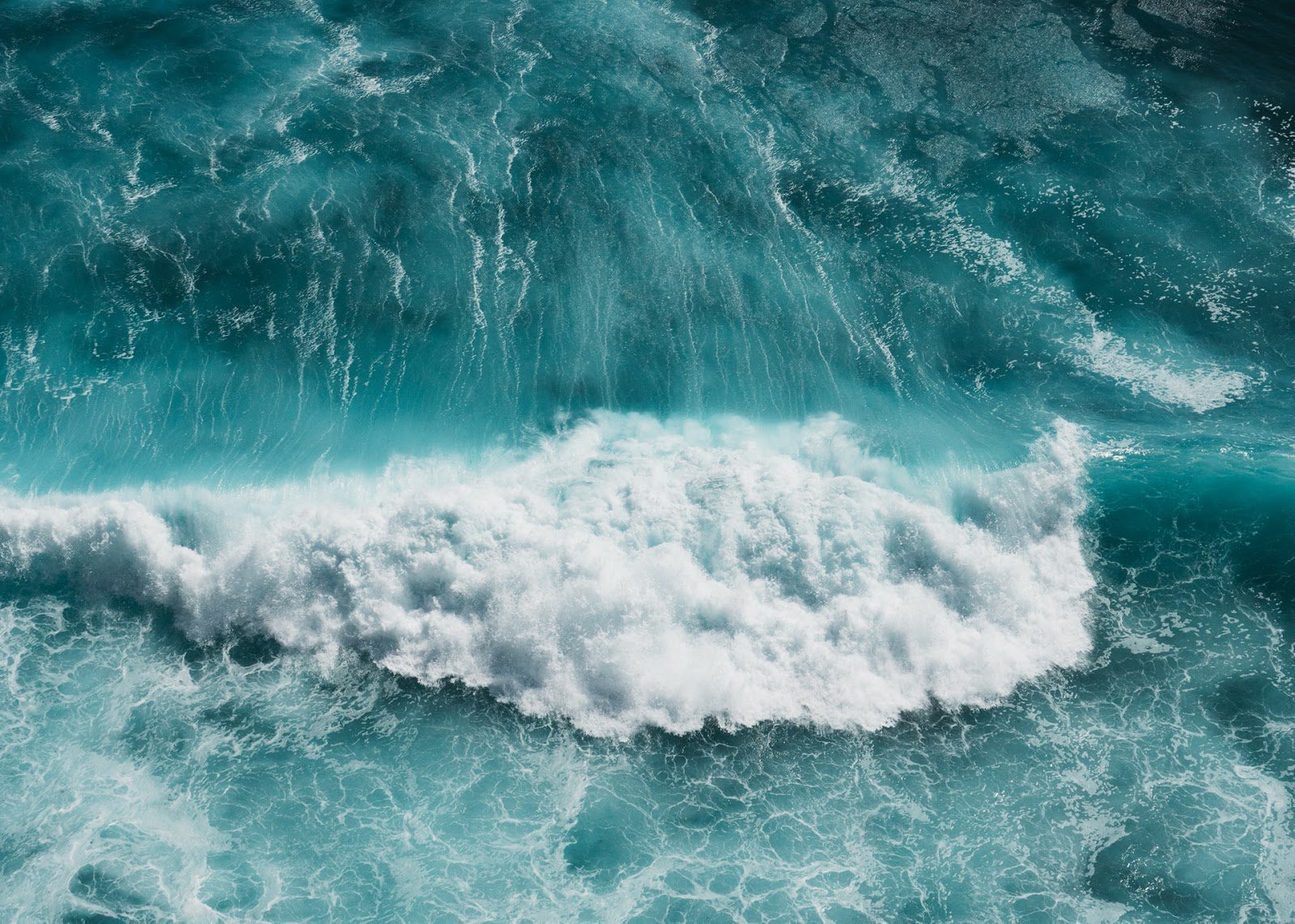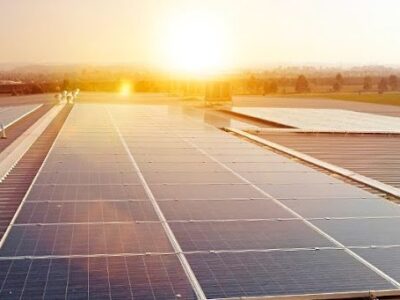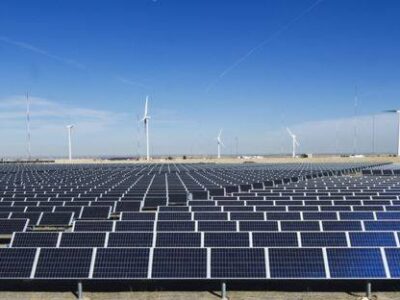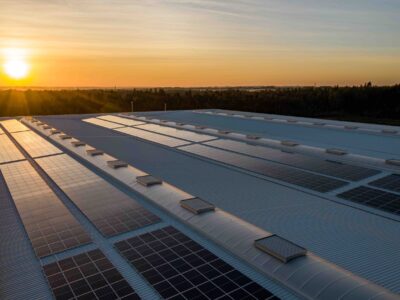Anyone who has ever looked out across the ocean and watched towering white-capped waves crash against the shoreline knows that the ocean is a powerful force of nature. Imagine if we could harness the constant motion of the planet’s oceans and use the energy to power our homes. A new Energy Department-funded utility-scale testbed for capturing wave energy recently won approval to move forward on their plan to test the burgeoning renewable energy technology. Floating seven miles off the Oregon coast, the PacWave South testbed is the first of its kind and will function as a hub to observe the efficacy and environmental impact of this potentially game-changing technology.
Wave energy is captured by harnessing the motion both above and below the water’s surface as it moves across the ocean. In theory, scientists have known about the potential to capture this energy, but little progress has been made in the United States to develop this technology. Researchers focused on progressing effective wind, solar, and hydroelectric energy, but this now overlooked source of clean energy is gaining its first foothold in the country. “This is really a proving ground for the future of wave energy,” Burke Hales, a professor at Oregon State University and chief scientist at PacWave, told Gizmodo. “It will be the only testing facility in the U.S., in North America.” While this wave capture technology is still in the early stages of development, there is an ocean of potential energy along the United State’s shore. According to the Energy Information Association, “the theoretical annual energy potential of waves off the coasts of the United States is estimated to be as much as 2.64 trillion kilowatt-hours or the equivalent of about 64 percent of U.S. electricity generation in 2019.”
With the potential to power millions of homes, even at night and even if the wind isn’t blowing, wave power is a viable option for generating endless amounts of clean energy. As the United States looks to decarbonize, developing wave energy capturing (WEC) technology could be the secret ingredient to a renewable future.
The PacWave South testing site received approval from the Interior Department’s Bureau of Ocean Management on a lease that allows them to operate their tests over an area of 4,270 acres in the Pacific Ocean. The maximum power output of the site would be 20 megawatts, roughly the amount required to power 20,000 homes, and PacWave South will be connected to the utility grid via underwater cables. However, the main goal of this project is not to produce electricity, but rather to serve as a place to develop various WEC technologies while observing the potential impact on marine ecosystems.
“There’s the question of how to make sure this doesn’t disturb marine wildlife with sounds from installing the technology or with chemicals that may come from the installation,” Patrick Mazza, a renewable energy researcher and activist in the Pacific Northwest told Gizmodo. “Like with any renewable energy, we need to ensure it’s safe.”
PacWave has taken eight years to survey the potential environmental impact. As they build out PacWave South, they are taking this research into close consideration. For example, they are routing the underwater cables that carry the energy to the shore in ways to prevent entangling the area’s population of grey whales. The team is making every effort to observe and protect animals in every ecosystem the project reaches, including butterflies, seabirds and reptiles.
“The disruption of animal behavior and benthic habitat due to installation of cables undersea and onto shore also has received special consideration,” PacWave shared. “The acoustic impacts of the project at multiple scales (installation, operation, vessel traffic) were also reviewed as a key issue. Many other potential impacts on species of concern were studied as part of the environmental assessment.” For WEC technology to have a future, the possible effects on marine ecosystems must be studied as well.
Additionally, widespread WEC implementation could impact the local fishing industry, often a key component of a healthy coastal or port town. Bud Shoemake, Port Manager of the Port of Toledo and President of the Oregon Public Ports Association, addressed these concerns. “While the Port of Toledo supported the idea of a renewable energy facility, we wanted to be considerate of our fishing fleet which is central to the heart of our community,” Shoemake shared.
“Our approach was to wait and see what the local fishermen thought of the facility plans. Once their support came in for PMEC-SETS [PacWave South], it was easy for us to give our own support as well.” The construction of future WECs is projected to create new demand for manufacturing jobs in coastal communities, and the PacWave South facility is planning to use the testbed to train people for a career in WEC management. After decades of overlooking WEC technology, the United States is taking on the challenge of harnessing the power of the planet’s oceans.





